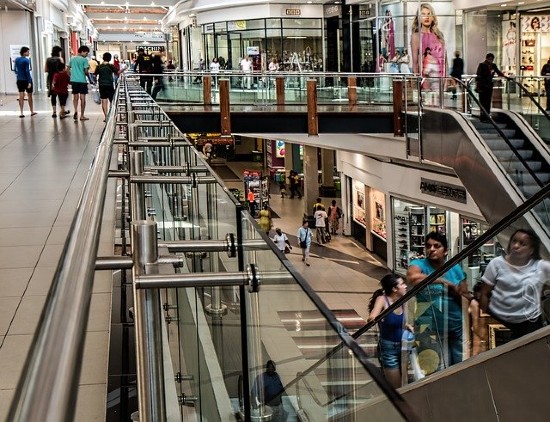Retail sale and leaseback (SLB) transactions are expected to pick up again after the Covid-19 pandemic has passed, according to Savills latest Market in Minutes report.
Following on from a significant year for SLB transactions in 2019 (since 2010), when €2.4bn of retail properties were transacted, representing 6% of the overall retail investment volume, Savills predicts that activity will increase in the latter part of 2021 as the retail investment market as a whole starts to recover.
The report also highlights that despite supermarket retailers driving activity last year, this trend is likely to change in light of grocery outlets largely being spared by repercussions of Covid-19, with some even benefitting from lockdown measures as consumers were forced to eat at home.
Lydia Brissy, Director in the European Research Department, Savills, commented: “Food retailers have been beneficiaries of a huge shift in consumer behaviour; almost overnight. For many, the strong resilience during this period has caught the attention of investors to help them to diversify their offer. For food retailers, Covid-19 has highlighted the need to develop their omnichannel strategy by offering/expanding delivery and drive-in services, which will require investment.”
Will retail sale and leaseback (SLB) deals continue to increase?
On the retailer side, the Covid-19 period may have proved more difficult for retailers that had to pay a rent compared to the ones that owned their retail units. As such, some retailers may prefer to hold on to their properties to avoid this issue. Others may see the SLB option as financial opportunity to take capital out of real estate assets and put it back in the core retail business or invest in improving their omnichannel strategy to surf the e-commerce wave.
From an investor point-of-view, the acquisition of such an asset provides an opportunity to source property and to invest large amounts of capital, which in return, can provide long income streams, especially as the lease terms generally agreed are long.
Oli Fraser-Looen, Co-Head of the Regional Investment Advisory EMEA Division, Savills, added: “Such tight conditions and the overall cautious attitude of investors suggest that retail SLB activity is likely to remain subdued in 2020. Historical data shows two large waves of retail SLB transactions; the first one in 2007, before the GFC, led by strong investor demand, notably core investors. The second wave in 2010, led by retailers’ distressed sales, was predominantly led by opportunistic investors. On average across Europe* and across all retail formats, the prime yield moved out by approximately 137bps between Q1 2007 and Q1 2010.
“Based on the above-mentioned conditions and forecasts, we do not expect retail SLB to pick up significantly before the second half of 2021 when downward price correction will be sufficient to highlight the retail risk premium over other assets classes and attract opportunistic investors.”
What next?
Historical data shows that the previous two waves of retail S&LB deals were predominantly signed in the UK, Spain and to a less extent, in France. However, we believe there is still some scope for more SLB in these three countries.
Lydia Brissy continued: “As the next stream will be mainly driven by distressed sales, we anticipate SLB deals will be concentrated in countries most impacted by the COVID-19. The direct impact will squeeze retailers’ revenues due to a sharp drop in domestic demand expected notably in the UK, Spain and Italy. We expect to see more retailers seeking to unlock capital from owned headquarters office buildings and more importantly from distribution centre and supply chain properties.”





















